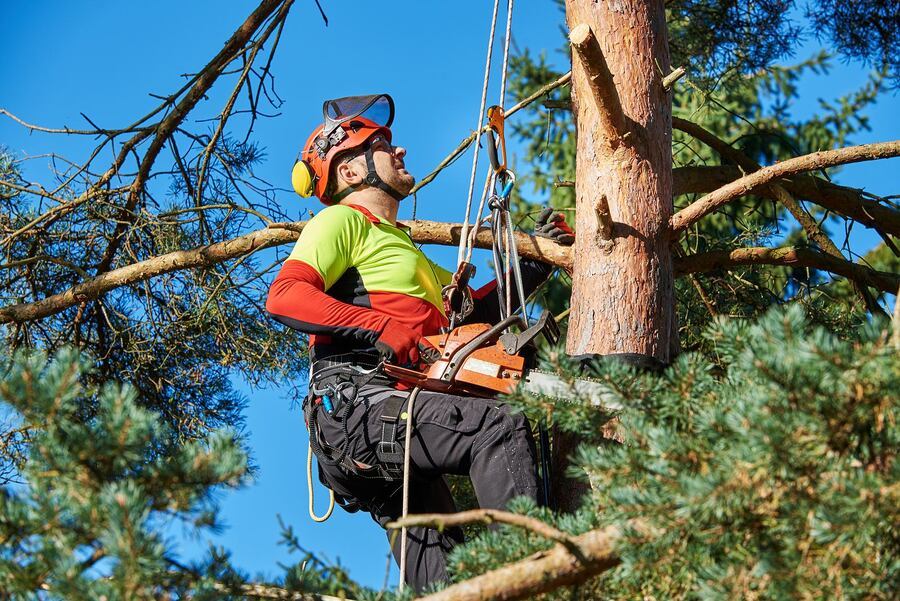
Trees are a beautiful and valuable part of any yard. They provide shade, improve air quality, add a touch of nature to your property, and may even produce fruit. Like any living thing, however, they need special care to stay healthy and strong.
Tree pruning is essential for tree care in Bonaire, GA, but it’s not just about cutting off random branches. There’s a right way to do it. If you’re not sure where to start, then this brief article brought to you by Arbor & Acre is for you.
For those who’d rather have a trained arborist handle the tree service, Arbor & Acre is here to take your call or message today. Contact us to get in touch with a member of our team.
Pruning certainly gives trees a facelift, but it’s not just about aesthetics. It’s about keeping your tree healthy and safe. The goal of pruning is to:
If you want to take advantage of these benefits of pruning, however, then technique is key. In fact, bad pruning can weaken a tree and make it vulnerable to disease or structural problems. Let’s look at some considerations.
1. Cut at the Correct Angle
The golden rule of pruning is to cut at a 45 to 60-degree angle. This is because a 45-60 degree angle allows water to run off the cut instead of pooling on the wound. This reduces the risk of rot or infection, and it helps the tree heal more efficiently.
2. Cut Just Outside the Branch Collar
When pruning, always cut just outside the branch collar; never get too close and never leave a stub.The branch collar is the slightly swollen area where the branch meets the trunk. This area contains special cells that help the tree heal after a cut. Cutting into the collar can slow healing.
3. Use the Three-Cut Method for Larger Branches
Cutting a branch that’s more than 1 inch in diameter is NOT a test of strength; don’t just lop it off in one go. This can tear the bark and damage the tree. Instead, apply the three-cut method:
If the branch is over 4-5 inches in diameter, you start running into greater risks. It might be better to leave big branches, and overhanging branches near power lines and structures, to a professional tree company.
If you’re looking for a reputable tree care company in Wilcox County or surrounding cities, then you’re at the right place. Arbor & Acre is a fully insured company offering everything from routine tree service to tree removal services and more. Call or message us today to get in touch! We’re happy to address any questions or concerns you may have.
Trees provide numerous benefits to your landscape and ecosystem. From enhancing curb appeal to purifying the air…
+ Read MoreDo you have big plans for your property? Are you looking to reclaim more usable space outside?…
+ Read MoreTrees not only add beauty to your landscape but also provide numerous environmental benefits and improve the…
+ Read More